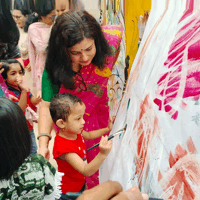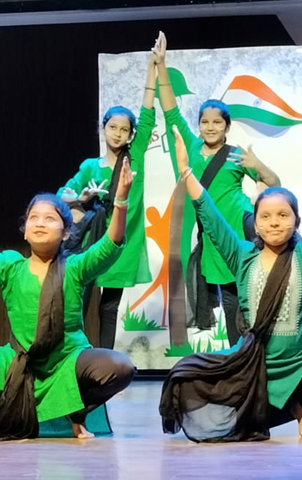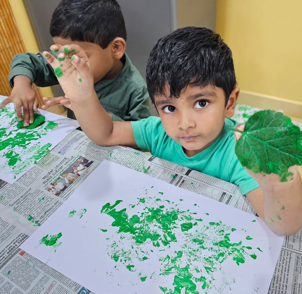English is the medium of instruction and the curriculum envisages core subjects i.e. Science, Mathematics, Social studies, English and languages – Hindi / Kannada/ Sanskrit, in addition to general subjects like Computer Science, Art, Music, Dance and Work experience.
Total students passed out
Distinction Students



A perfect blend of academics, extracurricular activities, and life skills for all-around development.

Modern classrooms, well-equipped labs, a vast library, and excellent sports facilities to support comprehensive learning.

Passionate educators who nurture young minds with personalized attention and innovative teaching methods.




Emphasis on ethics, discipline, and strong moral values to shape responsible citizens.
A vibrant mix of arts, music, dance, drama, computer science, physical education and public speaking to nurture creativity and confidence.
A green and sustainable environment that instils environmental consciousness in students.